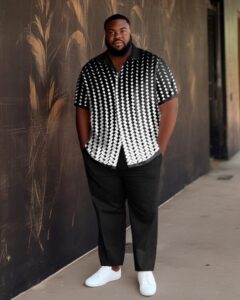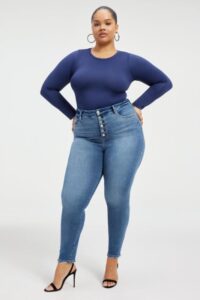Don’t Let Style Suffer in Winter
When the temperatures go down, ice forms on pavements and snow starts to fall – then the layers go on. It’s slightly more difficult to remain stylish while looking like an extra from Frozen. From scarves to gloves to hats, these necessary accessories tend to cover the real fashion centrepieces hidden underneath.
However, you can enjoy the best of both, and it is possible to stay warm while remaining stylishly sharp. Staying comfortable and warm is key during the winter months. When you’re cold, you’ll come across as uncomfortable, but it is possible to adapt your wardrobe accordingly by layering your clothes and selecting the correct winter-orientated fabrics. Wearing winter accessories and the right coat will help, as will choosing the correct footwear.
In summer, layering mainly results in sweating, but in winter, the different layers of clothes afford you the opportunity to get creative. Wearing several light layers can actually help retain your body heat better than just wearing one thick jumper.
A winter outfit usually has at least three layers – a t-shirt, a shirt or sweaters, and a jacket or coat. Farah shirts worn underneath a jumper are versatile, and they will also ensure you look fashionable during winter. They can double up as both workwear pieces and shirts suitable for a night out and are available from stores such as EJ.
What Are the Four Best Fabrics for Winter?
According to GQ, a good-quality knitted hat is your best friend in the winter months, and it can add additional style to a winter outfit.
Choosing clothes made from the right fabrics is key to staying warm. Cotton is ideal for a base or middle layer as it’s absorbent, which reduces sweat. Denim is perfect for a middle or top layer in the form of a jacket, while wool is best used for middle or top layers. Wool is undoubtedly one of the preferred fabrics thanks to its ability to keep us warm. A thin wool jumper will help keep you snug, as opposed to a thick layer of other material. Leather jackets are best for the top layer and will protect you from the biting wind.
Another rule is that you should never wear so many layers that your movement is restricted.



















Be First to Comment